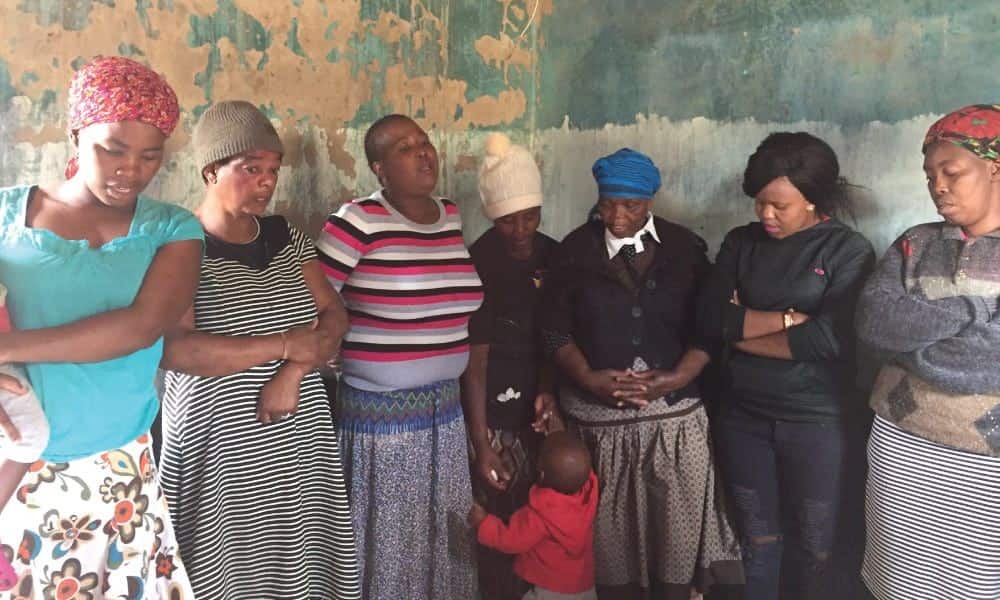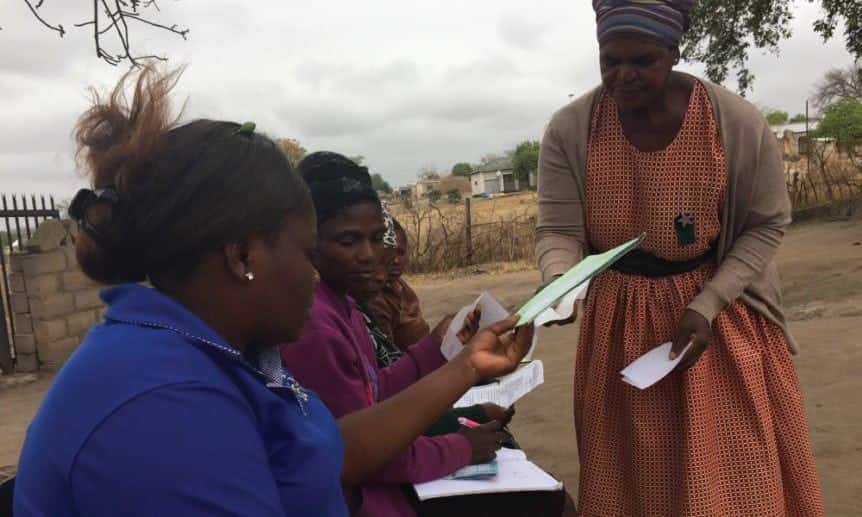One of the core assumptions of microfinance is that the ability to reach a large number of borrowers helps bring efficiencies, sustainability, and impact. Many microfinance organizations often talk about their success in terms of scale and big picture numbers: how many borrowers do they reach? How big has the loan portfolio grown?
But MFIs need to answer a different set of questions to develop a more granular understanding of their impact on a household level: What do their clients’ lives look like? What are their various sources of income? What do they spend money on, and how do they make those decisions? How do they handle paying for emergencies? What strategies do they use to manage their finances and to save? A fuller picture of a family’s financial circumstances can help MFIs improve the design and delivery of their financial services.
How Financial Diaries Can Help
MFIs are increasingly using detailed case studies to get at such questions by applying a research methodology called financial diaries. Researchers visit the same families regularly over a period of time to collect detailed information about each household’s financial activities, coupled with questions about financial behavior. Financial diaries were pioneered and popularized by the book Portfolios of the Poor (required reading for all WPF staff!). The methodology used in this study serves as a blueprint for other financial diary studies, though each research project’s approach is usually tweaked to fit the particular context.
Since then this approach has gained traction as a tool to better understand financial insecurity and decision-making in households throughout the world, including in the US. “The Financial Diaries: How American Families Cope in a World of Uncertainty,” a book released earlier this year, reveals findings from an in-depth study tracking one year of financial transactions of 235 low to moderate income families, from four different communities in America. The researchers found that many families faced income volatility throughout the year, making financial planning difficult and creating situations where families sometimes had to borrow money at an expensive rate, potentially leading to indebtedness.
Small Enterprise Foundation (SEF), our partner in South Africa, recently completed their own financial diaries study which looked at how 41 clients used their micro-loans by tracking their financial income and expenditures. SEF, whose clients are all low income women, states that the goal of this study was to “shed light on the positive aspects of client impact as well as guide us on how to better improve ways to achieve our social mission.”
From June 2015 to December 2015, SEF researchers visited the selected households once every two weeks. The key findings from their study are:
-
- Business income universally added to household income
- However, clients had varying ability to use a loan from SEF to support income generating activities
- Clients who already had an established business before taking the loan tended to be more successful than those who did not.
- For the loan takers who were less successful in converting a loan to an income generating business, some of the challenges included:
- Difficulty generating business ideas
- Challenge with local market cash flows (for example, selling on credit followed by inability to recuperate owed payments.)
Financial diaries yield rich household level information; yet there are some caveats to the approach. For example, the sample size is generally small and the households selected may not be representative of the wider population. The repeated visits can come with a high demand on the time of participating households, and participants may drop out. The goal of this approach is to apply rigorous analysis to uncover deep, rather than broad, insights.
For Small Enterprise Foundation, the financial diaries may help inform several initiatives under development. They are updating and refining a questionnaire, administered at each loan, to better understand the level of poverty of client relative to the local context. They’re also looking at improving ways to deliver business skills training to clients.

Small Enterprise Foundation (SEF) members open their loan repayment meeting with prayers. Photo: Zoe So
Learn more about Financial Diaries:
CGAP – https://www.cgap.org/blog/why-financial-diaries-understand-needs-smallholders
CGAP Financial Diaries with smallholder farmers: https://www.cgap.org/publications/financial-diaries-smallholder-families

